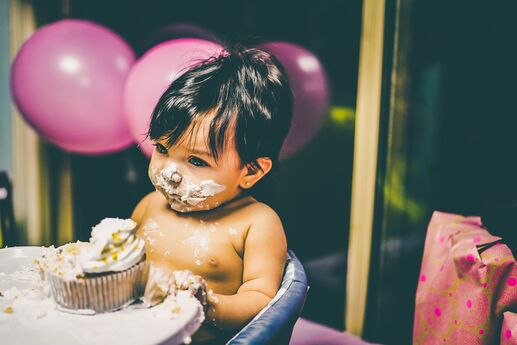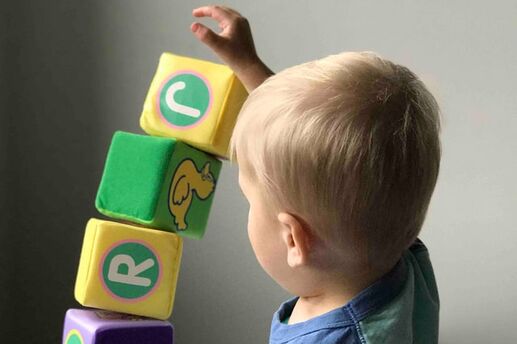First Words: My Baby Said ‘Mama’!
My daughter, Morgan, was 8 months old when she started saying her first word: ‘dada.’ My husband may have “won,” but seeing how happy it made him and knowing how proud we were eased the pain of losing. After all, ‘dada’ is much easier to pronounce than ‘mama.’
As much as my husband loved hearing his child say ‘dada,’ he knew she called everything ‘dada.’ It was all she could say, which made it a bit less meaningful. Even still, he didn’t waste a second bragging about our baby’s first word.
I was feeling a bit down, but hopeful, when a mere week later, she looked up at me during a diaper change and said ‘mama.’ The excitement of hearing those two syllables took over my body, and tears began to flow while my smile continued to widen.
I could tell it was more difficult for her to say, but she continued with her new word. It took curling both lips over her toothless gums to pronounce it correctly. She would drag out the second ‘ma’ to pronounce as “mamaaa-aaa,” in almost a whining/singing tone. But it was the most beautiful sound I ever heard.
After that day, it took weeks to hear ‘mama’ again, while ‘dada’ was bountiful. Yet in the rare occurrences that ‘mama’ was spoken, it was only while I was around and was directed at me. On the other hand, ‘dada’ referred to books, food, bath time: just name it.
At 13 months, Morgan’s personal dictionary has been filled with a few more first words, including hi, yes, yuck, and up. And with each new word, I always feel a sense of pride in knowing her language is developing, and she’s reaching this important baby milestone. However, I will always remember her identifying me as that ‘mama’ she’s been hearing about, and saying my name in the most loving way possible.
Photo by Jonathan Borba on Unsplash







